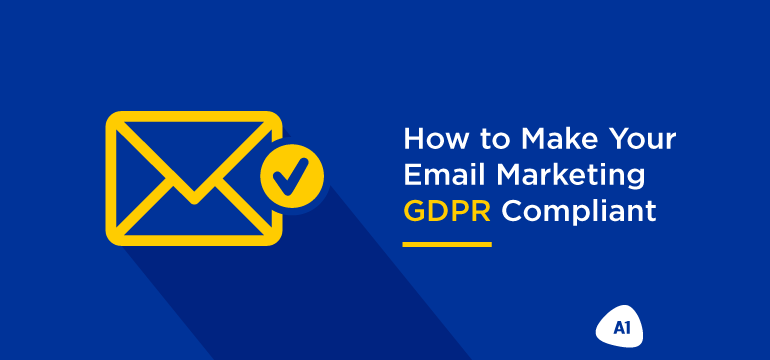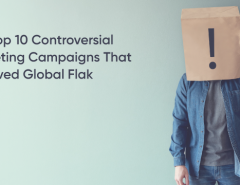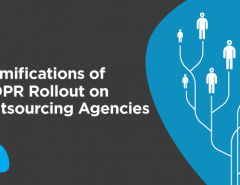With the GDPR rollout just around the corner, the biggest question for every email marketer is, “how do we continue doing what we have always done, which is to contact people via email for the purpose of marketing”.
The situation may seem dark and dreary, but it doesn’t have to be. Of course, email marketing will never be the same again for GDPR requires explicit consent with respect how personal data can be used, with whom it can be shared, and also proof that the consent was actually given. Though it may seem complex and difficult, you could look at this as an opportunity to fine-tune your email lists, and avoid being marked as spam as most of you might have experienced over the years.
The GDPR opens doors to new opportunities and novel beginnings, simply because you are required to send out emails to only those who want to receive them, and those who have given their explicit consent. Many email marketers are worried that the rules not only apply to future email lists, but also to databases that were created before the GDPR rollout.
In this article, let us take a look at how GDPR is going to affect email marketing, and how you can make your email marketing agency GDPR-compliant.
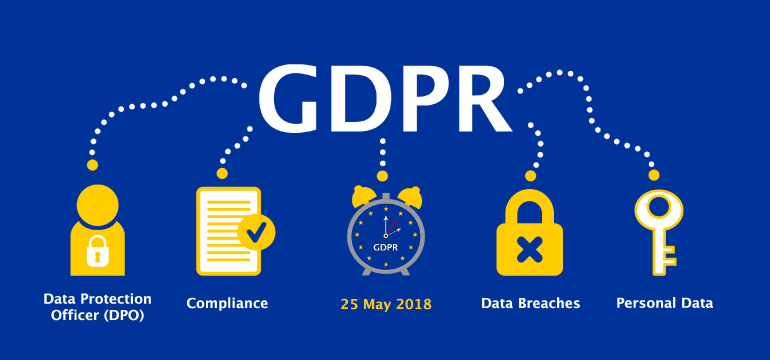
A. You will need explicit permission or consent to market
Earlier, all you needed to do was to set-up pop-up boxes that urged customers to enter their email addresses. This was assumed to be tacit consent for future marketing communication. GDPR makes this practice a thing of the past. Now, you should not only have an opt-in, but also seek clear affirmative action.
This means, you may need a double confirmation asserting that it is OK for you to use their email address for the stated purpose. Most of the email addresses in your database may not be useful to you anymore, unless you write to them asking for permission again. If you have noticed, a number of companies have begun to send out emails seeking permissions from people if they still want to remain subscribed to the newsletters, if they still want to receive marketing communication, etc.
While you may lose a large number of emails from your database, it is an opportunity to build a better list that is actually interested in receiving communication from you. We all know how email marketing success rate shoots up if the person who reads the emails actually wants to be contacted. Certainly, GDPR isn’t as bad it seems to be!
B. Customers need to take clear affirmative action
The consent you seek now will need to ask for a clear affirmative action. This means, your terms and conditions need to be written in simple language, and you have to explicitly state what you are going to do with the personal information of those whose emails you have collected. You have to explicitly state that you are going to share their emails with your partners, that you may contact them for marketing purposes, and you need to prove that the email recipient agreed to this.
For this to happen, you will probably need to change the way you design your opt-ins. You will have to seek permission twice. You can no longer use pre-checked boxes to prove that a person wanted to receive marketing communication. The individual has to click on the box himself, and you need to be able to prove it. This means, you will need to redevelop your landing pages, opt-in forms, contact forms, etc.
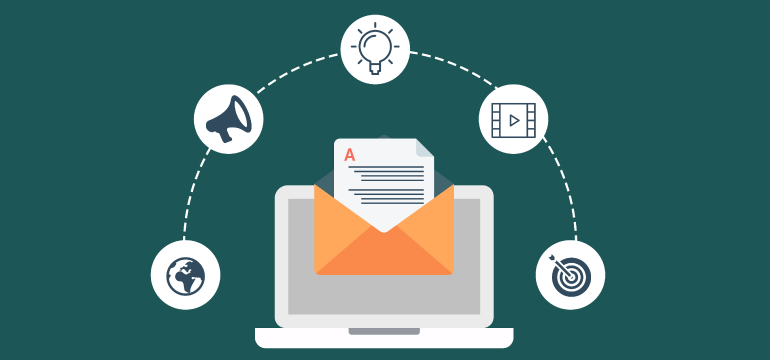
C. You may have to seek consent repeatedly
According to GDPR, contacting an existing customer is acceptable. However, it does not make it clear for how long an individual remains a customer. Someone could purchase a service or product from you, but would you be able to contact them even after a month or a year? The law is not clear and you cannot take any risks. To ensure that you continue to contact your customers for the purpose of marketing, you will need to seek consent repeatedly, and that consent has to be explicit. This may prove to be annoying at best, and an arduous task at worst.
However, it will help you to fine tune your database in the long-term, and have a better set of emails that may convert in the future. To keep these customers in your database, you might have to attract them with other goodies such as VIP membership to excellent content, videos, and media. This is going to cost quite a lot, but at least you will have a better set of emails to market to.
You might be wondering what actionable steps you can take before the GDPR rolls out in the next couple of weeks. The following steps will help you to be safe and ready for a leaner future in email marketing:
1. Perform an audit of your database
Take a look at where your subscribers come from, when they purchased your products, or if you just got their contact information from someone else. Based on this information, try to eject emails that seem like they are not relevant anymore. Contact the ones you think are relevant one last time before ejecting them from the database. If they take affirmation action to give you consent, save their contact and email information. This is the best time to sort out your email database and make it more useful for your marketing initiatives.
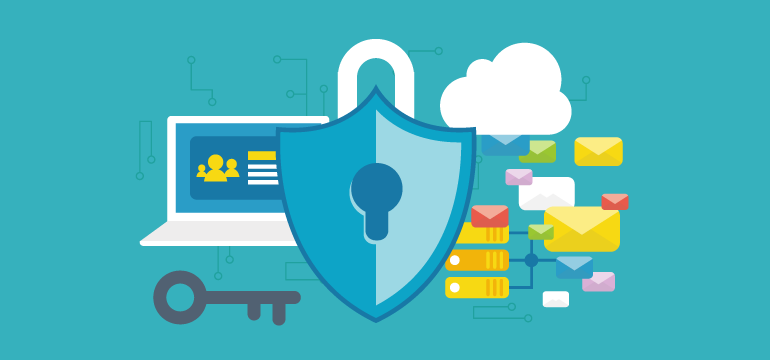
2. Review and update your policies and terms & conditions
Make sure that you update your cookies policy, so that you inform your visitors that you are registering their IP address and other such information, which will usually provide you with their email address as well. Seek explicit consent to use cookies, and make sure all your terms and conditions are in simple English. They need to be understood by people of every level of education. Hiring a well-established content writer to get your terms and conditions written in layman’s language may be a good idea. In the terms and conditions, you will need to honestly state how you will use their information.
3. Redesign all the forms on your portal
Earlier, it was possible to move forward with previously checked boxes. Now, you cannot trick visitors this way. You will have to seek permission for both agreeing to terms and conditions, and also to giving consent. This means, you will have to redesign all the forms on your portal. However, this may be a great opportunity to make your forms more actionable, social-proof, and credible than they ever used to be. Take the time to redesign and redevelop landing pages too, for those are the pages where visitors usually leave their emails. Remember, you need their explicit consent.
4. Document the consent given by subscribers
It is not enough to claim that you have the consent of your subscribers or of the owners of the email addresses. You will need to document each consent and make it available if the need arises for you to prove it. For this reason, you will need to script your website in such a way that consent is recorded and documented. Speak to web developers and designers who will suggest ways to document explicit consent and ensure that you are not left in the lurch when the time comes to prove that you had the consent to contact your database.

5. Begin nurturing your subscribers in a more personal manner
While there are many design and development changes that you can make to ensure that you follow GDPR rules, you can also use this opportunity to enhance your email marketing. This is the right time to weed out unwanted to emails from your database, and ensure that only relevant emails are stored. Most importantly, as these emails have the consent of the customers, you can rest assured that your content marketing strategy will be a success, and that every newsletter or email you send out will be read by the recipient.
Make way for new opportunities
It is indeed a tough and confusing time for email marketers and many are wondering what step they should take next. However, following few simple protocols and playing safe will not only help you to comply with GDPR regulations, you will also find new opportunities beckoning you at the door.
Focus on auditing your database, redesigning and redeveloping your website forms and landing pages, and make sure that all your terms, conditions and policies are written in laymen’s language. Make seeking explicit consent a habit. Once you do this, all you need to do is have a great content marketing strategy, and everything will fall into place.
Also Read: What is GDPR and How is it Going to Affect Your Business?

